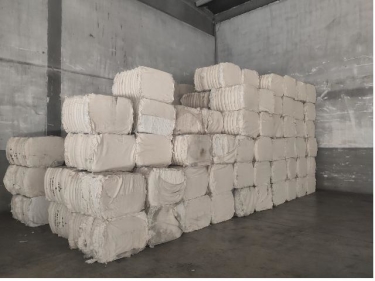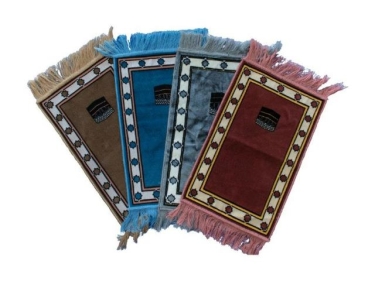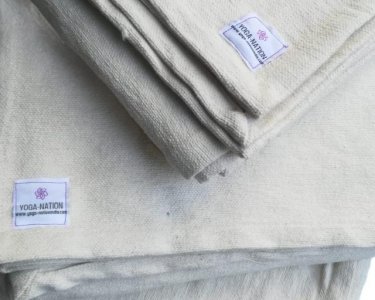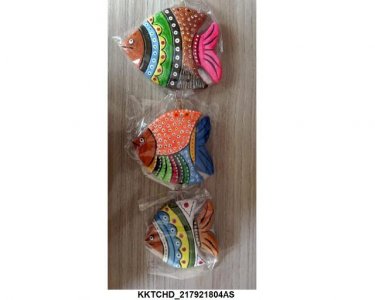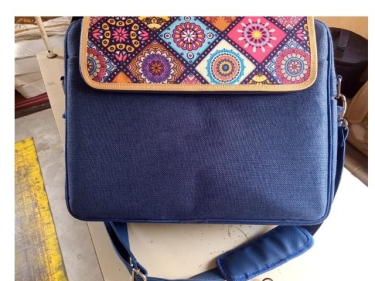Search in "New Zealand" on Export Portal
Active Filters
-
Country:
- Clear all
New Search
Couldn't find the product you want?
Fill out this form to request the product.
Exports

New Zealand is an island country situated in the southwestern Pacific Ocean. It has a modern, prosperous and developed market economy. The currency is the New Zealand dollar, which is also used in the Cook Islands, Niue, Tokelau, and the Pitcairn Islands.
Extractive industries have contributed a lot to New Zealand's economy, with focus on sealing, whaling, flax, gold, kauri gum, and native timber. Meat and dairy products were exported to Britain since long time, a trade which was the basis for strong economic growth in New Zealand.
New Zealand is heavily dependent on international trade, particularly in agricultural products. Exports account for a high 24 percent of its output, making New Zealand vulnerable to international commodity prices and global economic slowdowns. Food products made up 55% of the value of all New Zealand's exports last year; wood was the second largest export.
In 2008, New Zealand and China signed the New Zealand-China Free Trade Agreement, the first such agreement China has signed with a developed country. The service sector is the largest sector in the economy, followed by manufacturing and construction and then farming and raw material extraction.
Since the mid 20 century the price of wool which used to be one of the main exports, has steadily dropped relative to other commodities and wool is no longer profitable for many farmers. In contrast dairy farming increased, with the number of dairy cows doubling in the last twenty years, to become New Zealand's largest export. New Zealand's wine industry has followed a similar trend to dairy, the number of vineyards doubling over the same period, overtaking wool exports for the first time in 2007.
New Zealand's economy is based traditionally on exports from its very efficient agricultural system. Leading agricultural exports include meat, dairy products, forest products, fruit and vegetables, fish, and wool.
New Zealand's main export partners are Australia, China, United States, Japan, United Kingdom.
New Zealand's main exports are:
- Milk powder, butter, and cheese
- Meat
- Logs, wood and wood articles
- Transportation
- Fruit
- Mechanical machinery and equipment
- Fish, crustaceans, and molluscs
- Crude oil
- Wine
Customs requirements of New Zealand
New Zealand’s Customs Contacts
Website: http://www.customs.govt.nz/Pages/default.aspx
Email: feedback@customs.govt.nz
Address: The Customhouse, 1 Hinemoa Street, Harbour Quays, PO Box 2218, Wellington 6140
Telephone: +64 4 901 4500
Fax: +64 4 901 4555
New Zealand is situated to the east of Australia across the Tasman Sea and to the south of the Pacific island areas lie New Caledonia, Fiji, and Tonga. The country geographically comprises two main landmasses – that of the North Island, the South Island, and numerous smaller islands.
Import entry process
All goods brought into New Zealand for business or commercial use need to be cleared by submitting an “import entry” or Electronic Cargo Information (ECI). In most cases clearance is undertaken by a Customs broker on your behalf. Most freight or fast courier companies have in-house brokers who can undertake this clearance for you, and New Zealand Post Ltd can clear goods sent via the mail system.
There are two types of clearances:
- Import entry – provides full details of the goods to be imported, including the classification of the goods under The Working Tariff Document of New Zealand. This is used for goods valued at NZ$1,000 or more.
- Electronic Cargo Information (ECI) – provides summary details of single or multiple exempt-entry consignments. The tariff classification of the goods is not required.
The import entry clearance requires you as the importer (or the broker acting on your behalf) to provide us with detailed information about your goods. From this information we can determine any customs charges payable as well as any security or quarantine procedures that may need to be undertaken.
Brokers submit clearances electronically via Electronic Data Interchange (EDI), or over the internet using TSW Online (www.tsw.govt.nz) or a third party provider.
Clearances can only be submitted by registered customs brokers, or by importers who are qualified to compile an import entry and have the necessary Customs Declarant code to do so. More information on this can be found in the JBMS Fact Sheet: Applying to be a TSW registered user.
If your goods are valued at NZ$1,000 or more, you will need a client code and the supplier code of the sender of the goods. These are unique numbers that identify you as the importer, and also the supplier.
The import entry clearance requires the broker acting on your behalf to provide us with detailed information about your goods. This information is used to determine any customs charges payable as well as security or quarantine requirements that may need to be undertaken.
The import entry clearance is a legally binding document and needs to be accurately completed. Entries that contain errors or omissions may result in administrative (financial) penalties or legal action. Consult with your broker beforehand to find out what information they need.
Your import entry clearance must be lodged within 20 days of the arrival of your goods in New Zealand. To minimize any delays after the arrival of your goods, your broker may also lodge the documentation in advance. Once your importation is cleared your broker will notify you.
Exporting
Like imported goods, all exports out of New Zealand need to be declared to clear Customs. To do this, you lodge documentation for export entry clearance in much the same way importers do through the import entry clearance process. You must do this no less than 48 hours before your goods are due to be loaded for export.
Your exports won’t be cleared to leave the country until Customs has verified the details of your export entry clearance.
You can lodge an export entry clearance in two ways:
- By using the Customs Online Declaration website designed for infrequent importers and exporters.
- By installing and using EDI software from a private provider. EDI is the global standard platform for exchanging business data used by all large-scale importers.
Regardless of which method you choose, you will have to register before you can lodge your export documentation. Two registrations are required:
- Register with Customs for a declarant code and a unique user identifier (UUI), which will allow you to use the online services and EDI software.
- Register with the Electronic Commerce Network, which manages the online declarations system on behalf of Customs.
The type of entry you need to lodge depends on:
- the free on board or FOB value ( the total value, including packaging and transport, etc.) of the goods you’re exporting
- whether they’re classified as exempt-entry (see below)
- whether you’re re-exporting them and claiming a refund on the duty originally paid (a process known as claiming drawback).
All New Zealand entities importing or exporting goods must have a client code.
All New Zealand exporters require both a client code and a supplier code.
Once the goods have been cleared, Customs will allow your export goods to leave the country.
Some export items might require specific permits and clearances depending on the types of goods they are and where they’re being exported to. Some items may also be prohibited from export.
You are required to keep all your commercial export documents on record for at least seven years.
Documents required for export:
- Your client code.
- The name of the craft of vessel in which your goods will leave New Zealand.
- Free on board (FOB) value of the goods you are exporting.
- Any permits that may be required.
Sources:
http://www.customs.govt.nz/features/charges/feetypes/Pages/default.aspx
http://www.customs.govt.nz/features/prohibited/Pages/default.aspx
http://www.customs.govt.nz/outcommercial/preparetoexport/Pages/default.aspx
http://www.customs.govt.nz/news/resources/factsheets/documents/fact%20sheet%2004.pdf




